Talking Points:
- A Double Top occurs when price tests a previous high and fails.
- Sell orders can be set just below previous high.
- Profit targets can be set at most recent swing low, stop set 33% of limit distance.
Forex market volatility is at extreme lows, meaning currency fluctuations have been relatively tame compared to other periods of the time. In order to adapt to these changing conditions, it’s a good idea to add a range trading strategy to your arsenal.
The Double Top chart pattern occurs when price tests a previous high and fails. This is then followed by a down move. Traders tend to enjoy these types of trades because we can risk a little to make a lot depending on how we want to structure our exit strategy. The Double Top is also a very popular chart formation that tends to trade better in range conditions, so if you’ve never traded it before, now is a great time to learn!
Step 1: Locate Re-Tests of a Previous High
The beginning of a Double Top formation is a well-defined swing high followed by price moving down. Another way to describe it is price bouncing off a resistance level. We want to draw a horizontal line at the highest price (wick) of the highest candle.
The image below shows a new high labeled with a yellow circle and a black horizontal line at the highest price achieved during that high. The horizontal line is important because this is how we will gauge where we put our entry.
Learn Forex: Previous High Being Tested – Triggering a Sell Order
Step 2: Set Entry Order to Sell Below the Initial Swing High
The Double Top formation is rarely perfect. Sometimes, price will move up to the exact previous high, bounce, and reverse. But there are also times when price will run past the previous high before reversing, or will reverse before it hits the previous high. Because of this, we have to decide where we want to get into the trade.
I elect to set my entry order a few pips below the previous swing high to give myself a better chance of getting into the trade. It’s the worst entry price of the three different scenarios, but this is made up for with the Risk Management in Step 3.
We can see the entry on the previous chart where it entered a few pips below the previous high, marked with a red circle. We sell because we think the previous high will act as resistance and cause price to bounce lower.
Step 3: Picking an Exit Strategy
The exit strategy is straight forward, but it comes in two forms. The first exit strategy involves a single trade with a single stop and limit. The second exit strategy is a two lot trade with a single stop and two limits.
Learn Forex: Double Top Strategy - Exit Strategy #2
For a one lot trade exit, we look to place our profit target (limit) at the previous low that occurred between each of the “tops.” We can see Profit Target #1 in the chart above. It lines up perfectly with the swing low. Our stop loss will be 33% of our limit’s distance in pips. So if our limit was set at 60 pips, we would set our stop loss 20 pips away. The stop distance should place the stop loss well above the previous high, protecting it from another test of this resistance level.
Having a limit set 3x as far as our stop loss gives us a 1:3 RRR (risk-reward ratio). This means we must only obtain a win ratio of 25% or greater to break even or to be profitable in the long run. Being wrong more than half the time and still making money sounds pretty good, and it is. Just remember that this is a lower probability trade and you are likely to have a good amount of losing trades.
The second exit strategy follows the same rules as above, with Limit #1 at the previous low and a stop set to 33% of that distance. But we add an additional limit twice the distance of Profit Target #1. This allows us to capture more profit on a true double top formation. This second exit strategy gives us an even larger RRR. You may also choose to move the stop to break on the remaining trade once Profit Target #1 is hit.
Dealing with Double Tops
This 3 step process for trading Double Tops can be used successfully during range bound markets like the markets we have seen lately. Once we identify a swing high; our entry, stop, and limit orders fall into place. With a strong RRR, it doesn’t take a very high win % to be profitable, so I believe it is worth taking a look at.
Good trading!
---Written by Rob Pasche
More...


 12Likes
12Likes LinkBack URL
LinkBack URL About LinkBacks
About LinkBacks

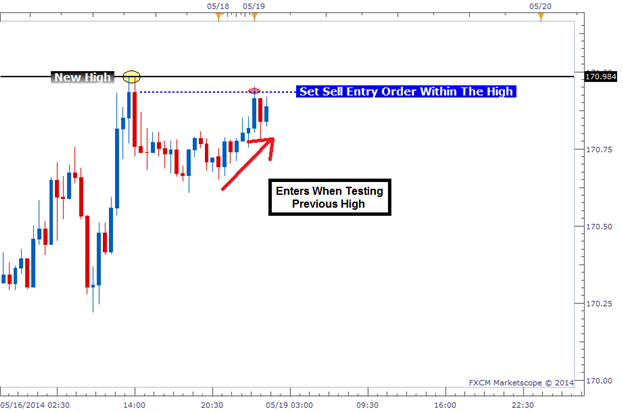
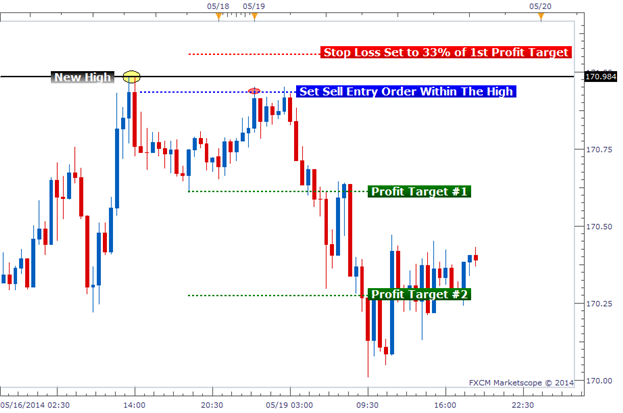





 Reply With Quote
Reply With Quote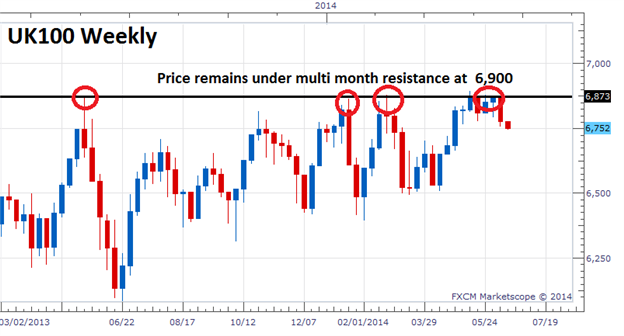
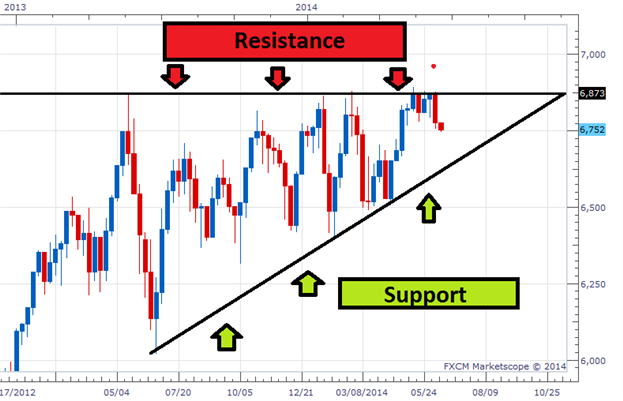
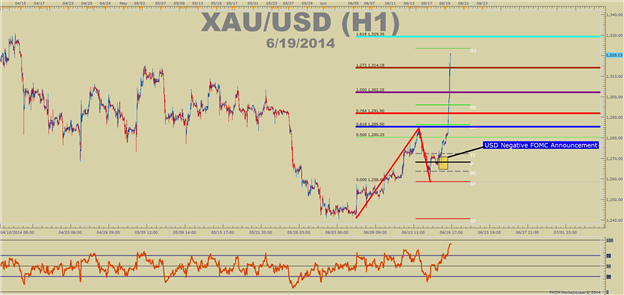
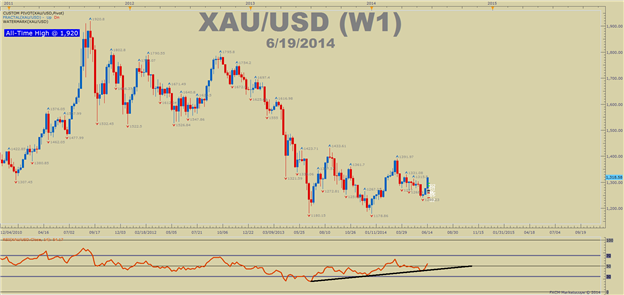
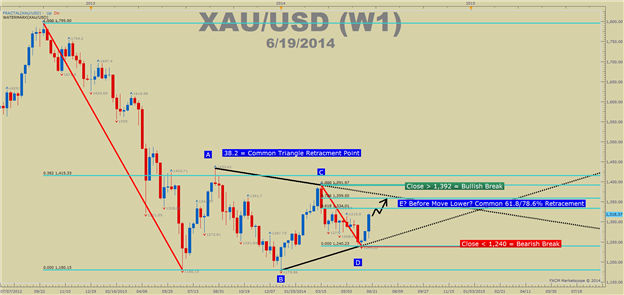
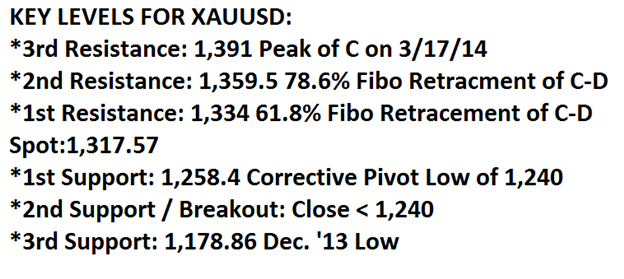
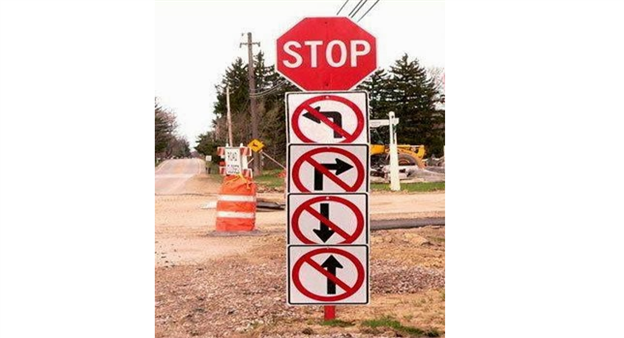
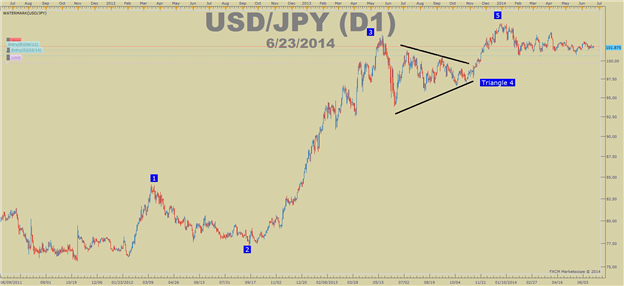
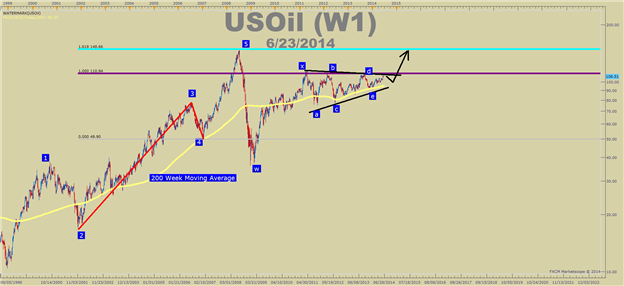
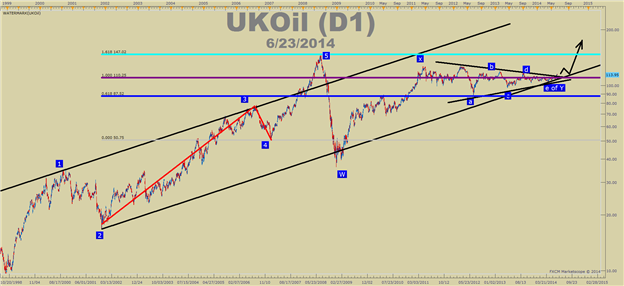
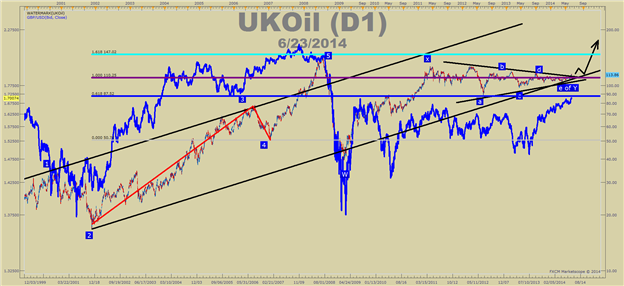
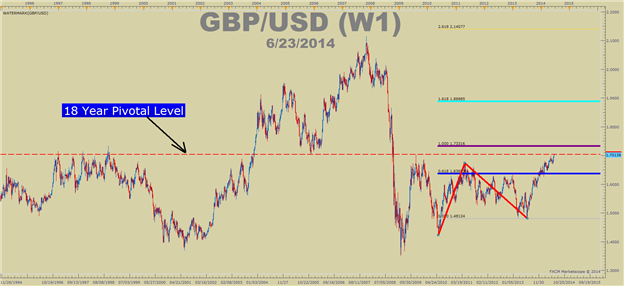
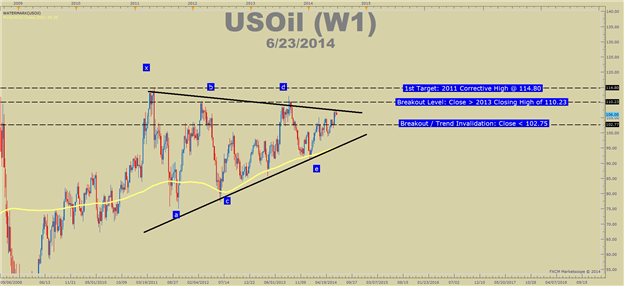
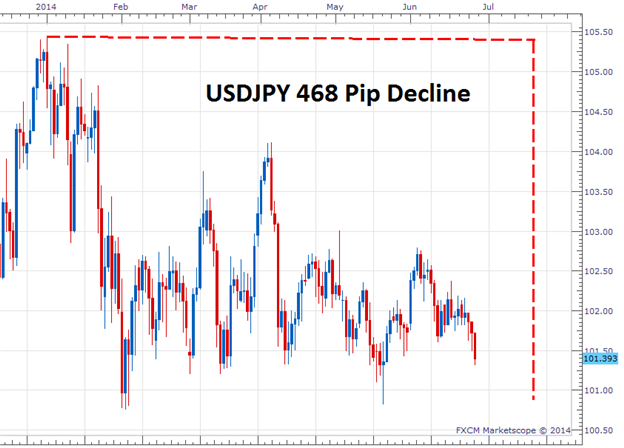
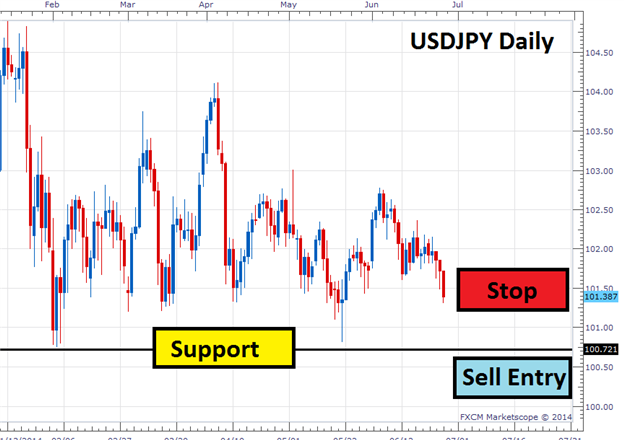

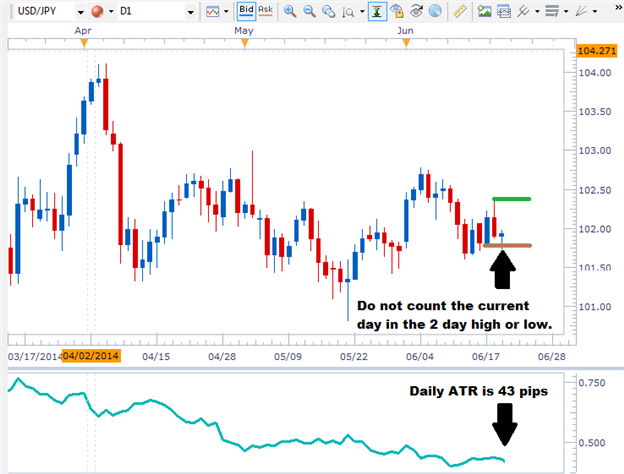
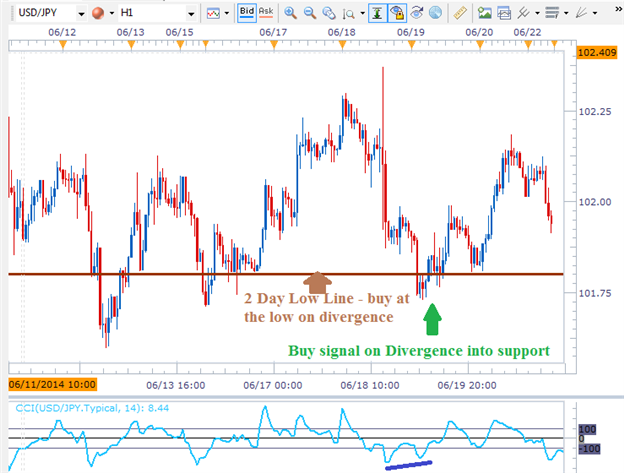
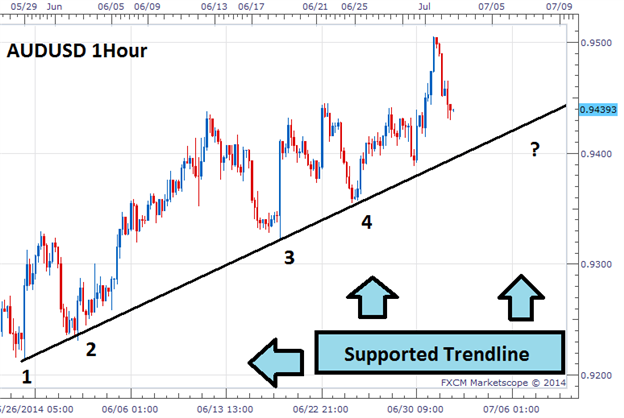

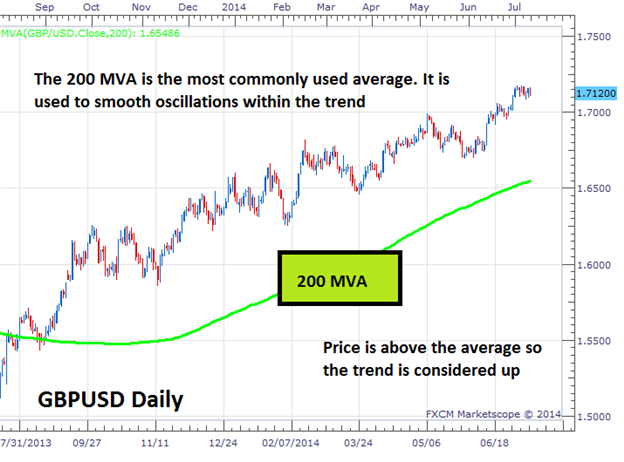
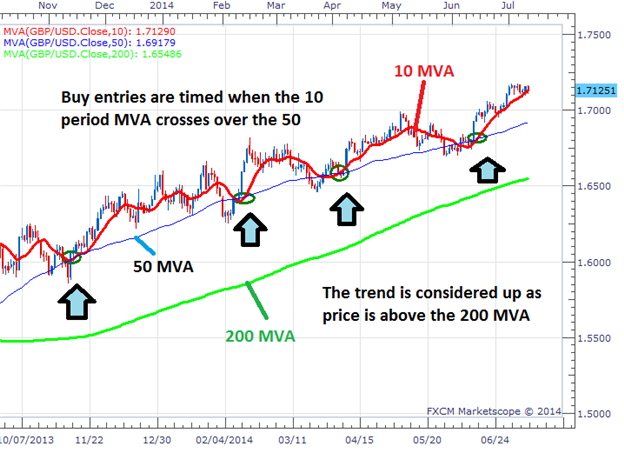
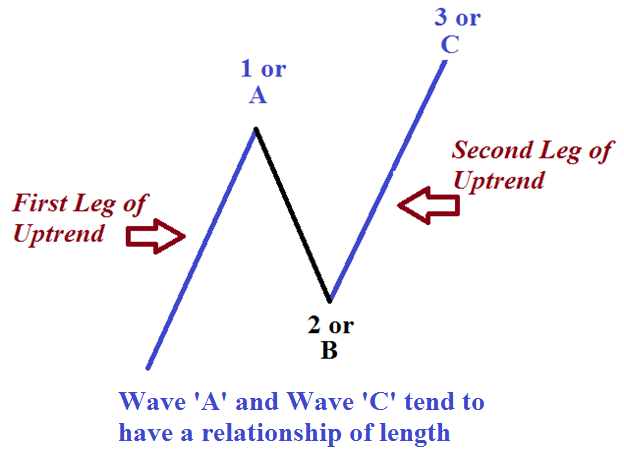

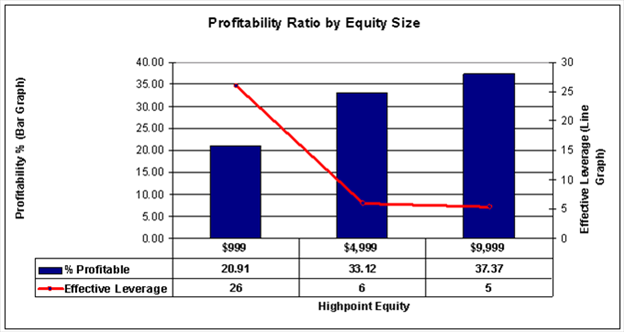


Bookmarks